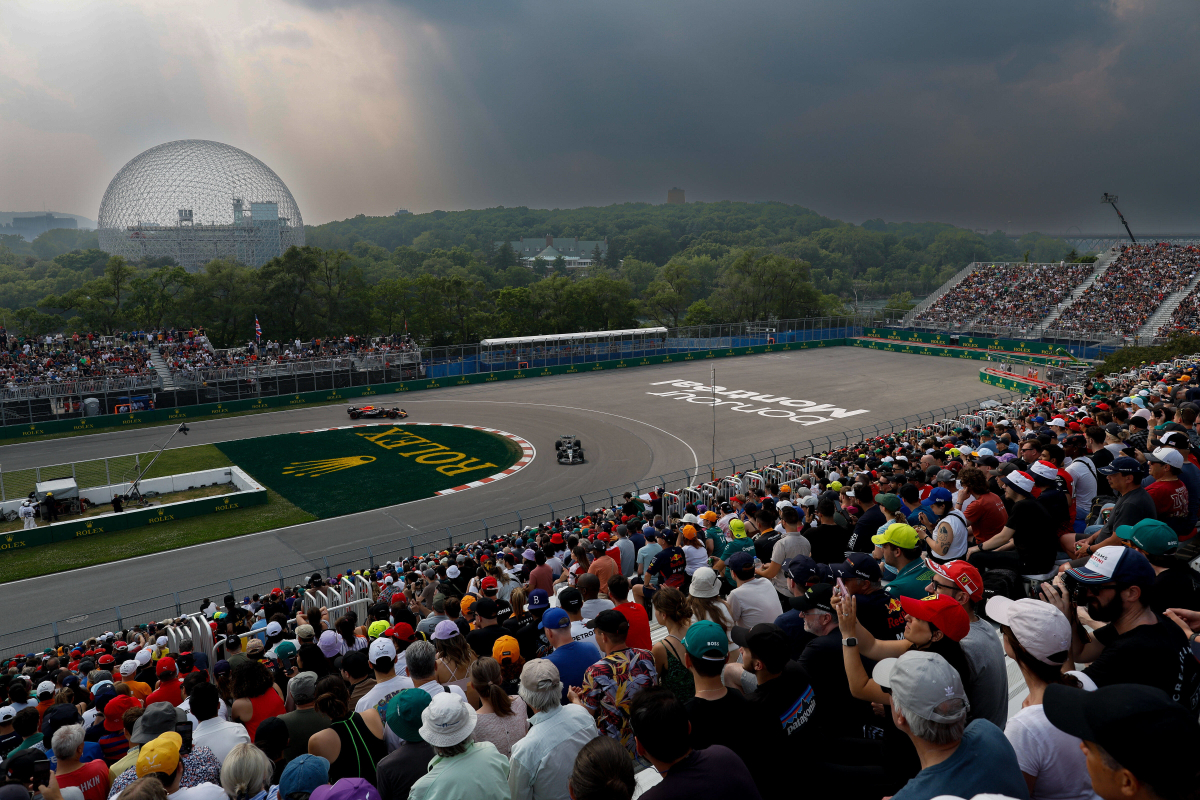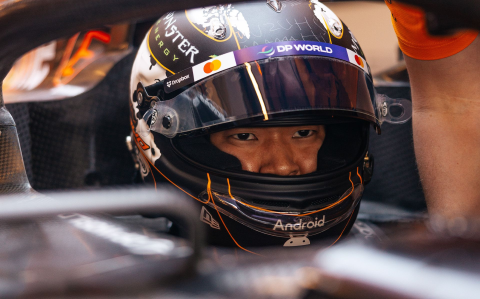Alright, so, today I wanted to talk about something I bumped into recently: FP1 in F1. Sounds a bit techy, but it’s actually pretty straightforward once you get into it.
So, first off, I was reading up on some F1 stuff, you know, just casually scrolling through articles, and I kept seeing this “FP1” term pop up. I was like, “What’s this now?” It got me curious, so I decided to dig a little deeper.

I started by hitting up some of the usual spots—forums, a few F1 fan sites, you name it. Basically, I just wanted to get a feel for what people were saying about FP1. Turns out, it stands for Free Practice 1. Okay, that made some sense. It’s the first practice session in a Grand Prix weekend.
Now, I wanted to see this in action. So, during the next race weekend, I made sure to tune in. I watched as the teams rolled out their cars for FP1. They were doing all sorts of things—testing different setups, getting a feel for the track, that sort of thing. It was pretty cool to see how much work goes into just this one session.
- First thing I noticed? The drivers weren’t pushing too hard.
- They were mostly doing laps, collecting data.
- The engineers were all huddled up, looking at screens, probably analyzing every bit of info they could get.
After watching and reading some more, I realized FP1 isn’t just about driving around. It’s crucial for teams to fine-tune their cars. They test new parts, tweak the settings, and try to find the best setup for the race. It’s all about getting that edge over the competition.
Here’s what I gathered:
- FP1 is the first of three practice sessions.
- It’s usually held on the Friday of a race weekend.
- Teams use it to test car setups and gather data.
- It’s not just about speed; it’s about strategy and preparation.
So, there you have it. My little adventure into understanding FP1. It’s fascinating how much goes on behind the scenes in F1, isn’t it? I am happy to get these things down!

























